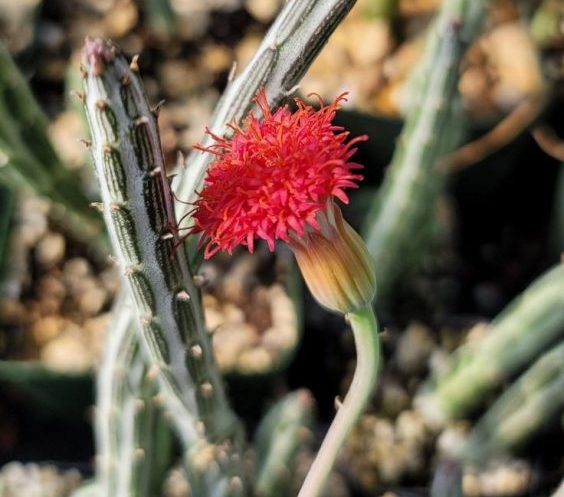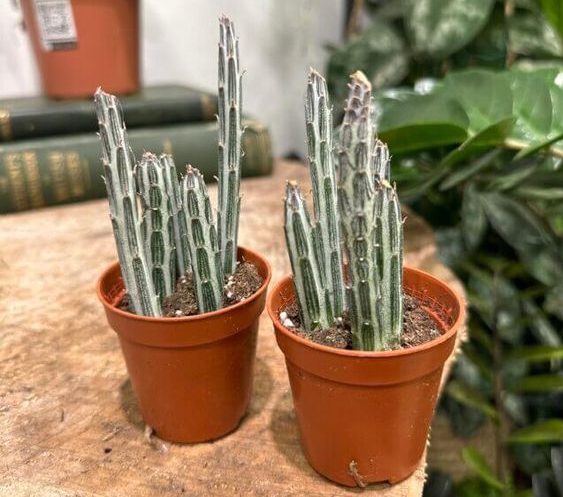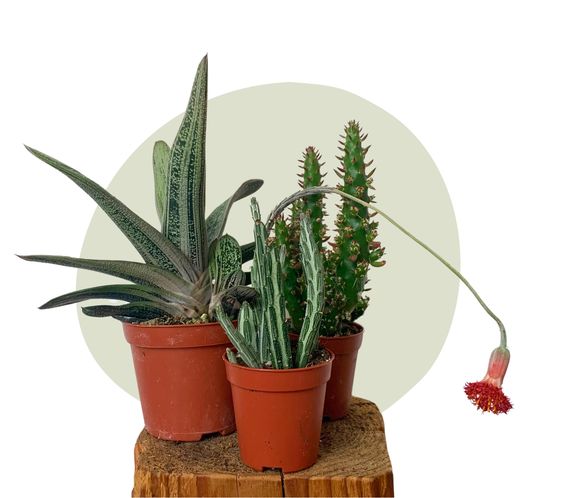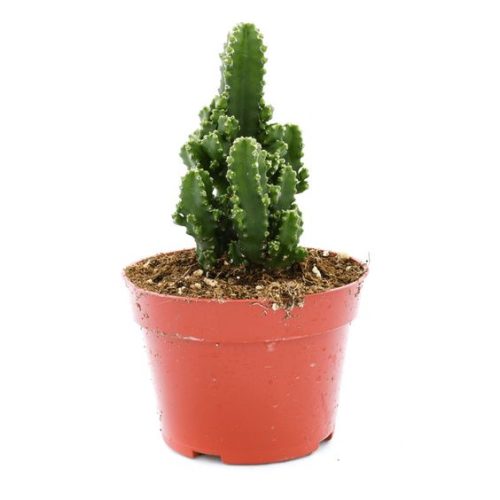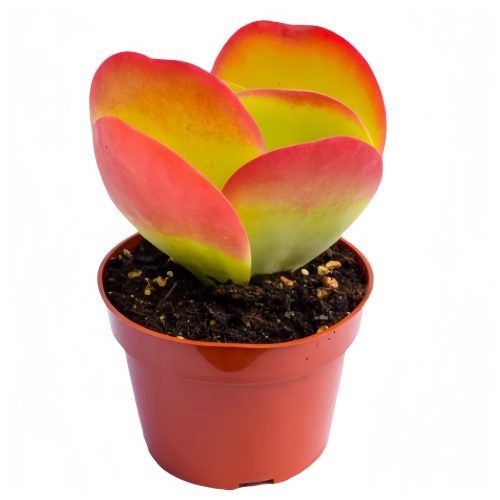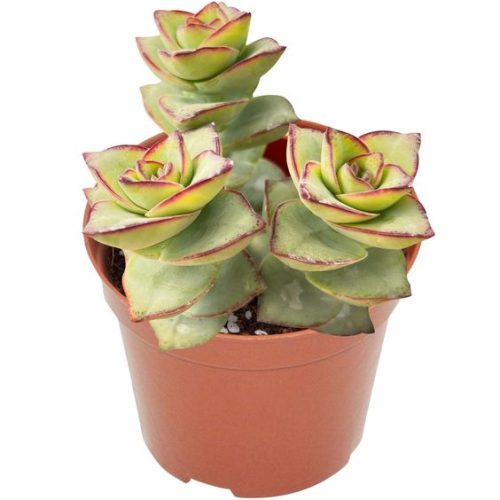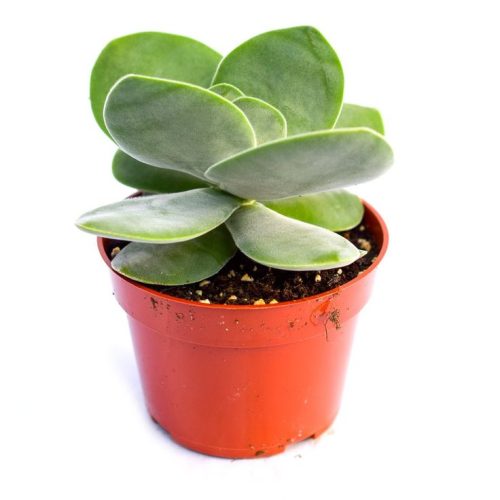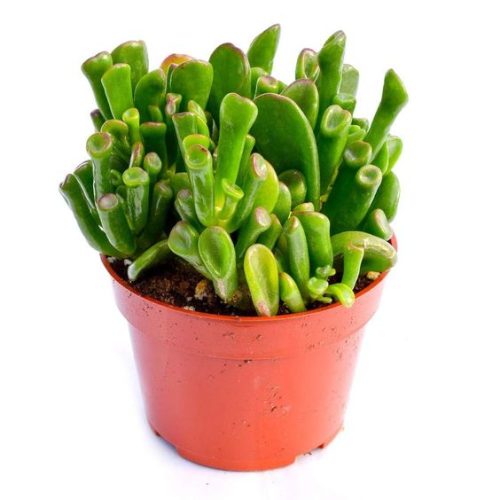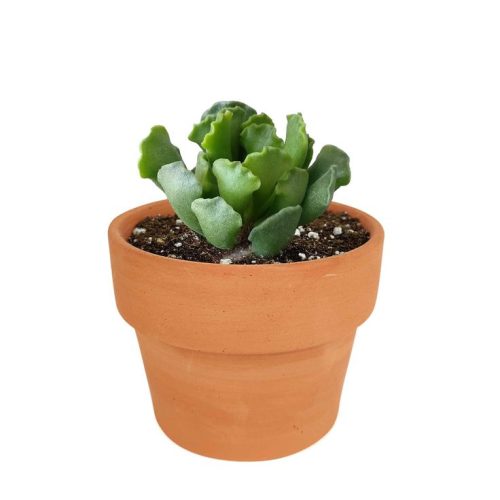Senecio Stapeliaeformis
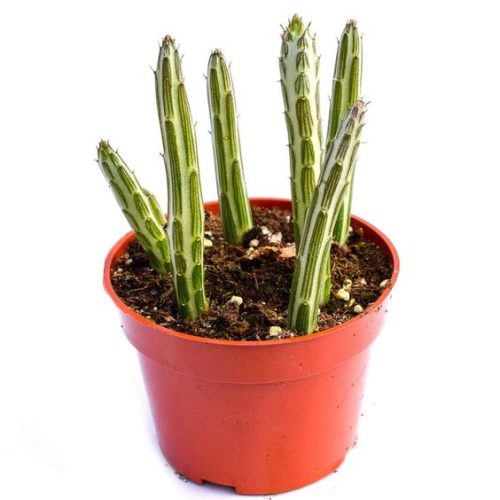
- Botanical Name: Kleinia stapeliiformis_ (E.Phillips) Stapf
- Family Name: Asteraceae
- Stems: 3-6ft, 0.5-1in
- Temperature: 8-27°C
- Other: Bright light, water sparingly, stay warm.
Overview
Senecio Stapeliaeformis: A Unique Succulent
Senecio Stapeliaeformis, also known as the Pickle Plant, is a succulent with a distinct appearance. It features cylindrical, striped stems that resemble pickles, giving it its common name 。The stems are soft, fleshy, and have a glaucous (bluish-gray) tint with reddish-brown markings, and they are adorned with small, soft spines 。
Product Description
Senecio Stapeliaeformis: The Pickle Plant with Personality
Introduction
Senecio Stapeliaeformis, commonly known as the Pickle Plant, is a succulent that has captured the hearts of plant enthusiasts with its quirky, pickle-like appearance. This unique plant is native to South Africa, where it thrives in the country’s diverse and often harsh climates. In the world of succulents, Senecio Stapeliaeformis stands out with its cylindrical, striped stems and soft, spine-like protrusions, making it a fascinating addition to any garden or indoor space。
Habitat and Growth Characteristics
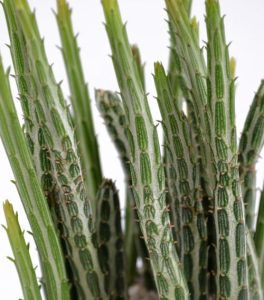 As a native of South Africa, Senecio Stapeliaeformis is well-adapted to withstand a variety of environmental conditions. It can be found in USDA hardiness zones 9 to 12, where it enjoys the warmth of the sun and the cool of the night. This plant is a winter grower, meaning it actively grows during the cooler months and enters a period of dormancy in the summer. During this dormant period, it requires less water and maintenance, allowing it to conserve energy for the next growing season。
As a native of South Africa, Senecio Stapeliaeformis is well-adapted to withstand a variety of environmental conditions. It can be found in USDA hardiness zones 9 to 12, where it enjoys the warmth of the sun and the cool of the night. This plant is a winter grower, meaning it actively grows during the cooler months and enters a period of dormancy in the summer. During this dormant period, it requires less water and maintenance, allowing it to conserve energy for the next growing season。
Caring for Your Senecio Stapeliaeformis
Caring for Senecio Stapeliaeformis is relatively straightforward, making it an excellent choice for both experienced gardeners and those new to the hobby.
Propagation
Propagating Senecio Stapeliaeformis is a simple process that can yield quick results. Here’s how to propagate this unique succulent:
- Stem Cuttings: Choose a healthy stem and cut it just below a leaf node. Allow the cut end to dry and form a callus, which usually takes a few days.
- Planting: Once the callus has formed, plant the cutting in well-draining soil. Keep the soil slightly moist until roots develop.
- Care: After roots have formed, care for the new plant as you would a mature Senecio Stapeliaeformis, gradually acclimating it to its final location。
Uses and Display Ideas Senecio Stapeliaeformis is a versatile plant that can be used in a variety of ways to enhance your indoor or outdoor space.
- Indoor Plant: Its unique appearance makes it an excellent choice for indoor display. It can be grown in a hanging basket, allowing its stems to cascade down, or in a decorative pot on a shelf or windowsill.
- Outdoor Plant: In frost-free climates, Senecio Stapeliaeformis can be used as a ground cover or in rock gardens. Its striking appearance adds interest to any garden bed or border.
- Container Gardening: This succulent is perfect for container gardens. It can be grown alone or combined with other succulents or plants with similar growing requirements for a stunning arrangement.
- Gift Plant: Senecio Stapeliaeformis also makes a thoughtful gift for plant lovers or as a unique housewarming present。
Additional Tips
- Fertilizing: During the active growing season, you can fertilize Senecio Stapeliaeformis with a balanced, water-soluble fertilizer diluted to half strength. Be careful not to over-fertilize, as this can lead to excessive growth and make the plant more susceptible to pests and diseases.
- Pest Control: Keep an eye out for common succulent pests such as mealybugs and spider mites. If you notice any pests, treat the plant with an appropriate pesticide or insecticidal soap.
- Pruning: Prune your Senecio Stapeliaeformis to maintain its shape and size. You can also propagate prunings to grow new plants.
- Winter Care: During the dormant period, reduce watering and ensure the plant is protected from cold drafts. In some cases, you may need to move the plant to a warmer location to prevent damage。
In conclusion, Senecio Stapeliaeformis is a captivating succulent that offers a unique and low-maintenance addition to your garden or home. With its striking appearance and easy care requirements, it’s no wonder this plant has become a favorite among plant enthusiasts. Whether you’re looking to add a touch of whimsy to your indoor space or want a plant that can handle the rigors of outdoor life, the Pickle Plant is a great choice。
About Senecio Stapeliaeformis
- What is Senecio Stapeliaeformis? Senecio Stapeliaeformis, known as Pickle Plant, is a succulent with unique, cylindrical stems and soft spines.
- What is its ideal light condition? It prefers bright light, including direct sun, with some afternoon shade in hot climates.
- How should I water it? Water sparingly, allowing the soil to dry completely between waterings to avoid root rot.
- What kind of soil does it need? Well-draining soil, such as a cactus/succulent mix or a blend with sand or perlite.
- What's the best temperature range for it? It thrives between 65-85°F (18-29°C) and is not frost-tolerant.
- How do I propagate Senecio Stapeliaeformis? Take stem cuttings, let them dry, and plant them in well-draining soil.
- Does it require frequent fertilization? No, occasional fertilization during the growing season is sufficient.
- Should I prune my Senecio Stapeliaeformis? Yes, pruning helps maintain shape and size, and can be done to remove dead or diseased growth.
